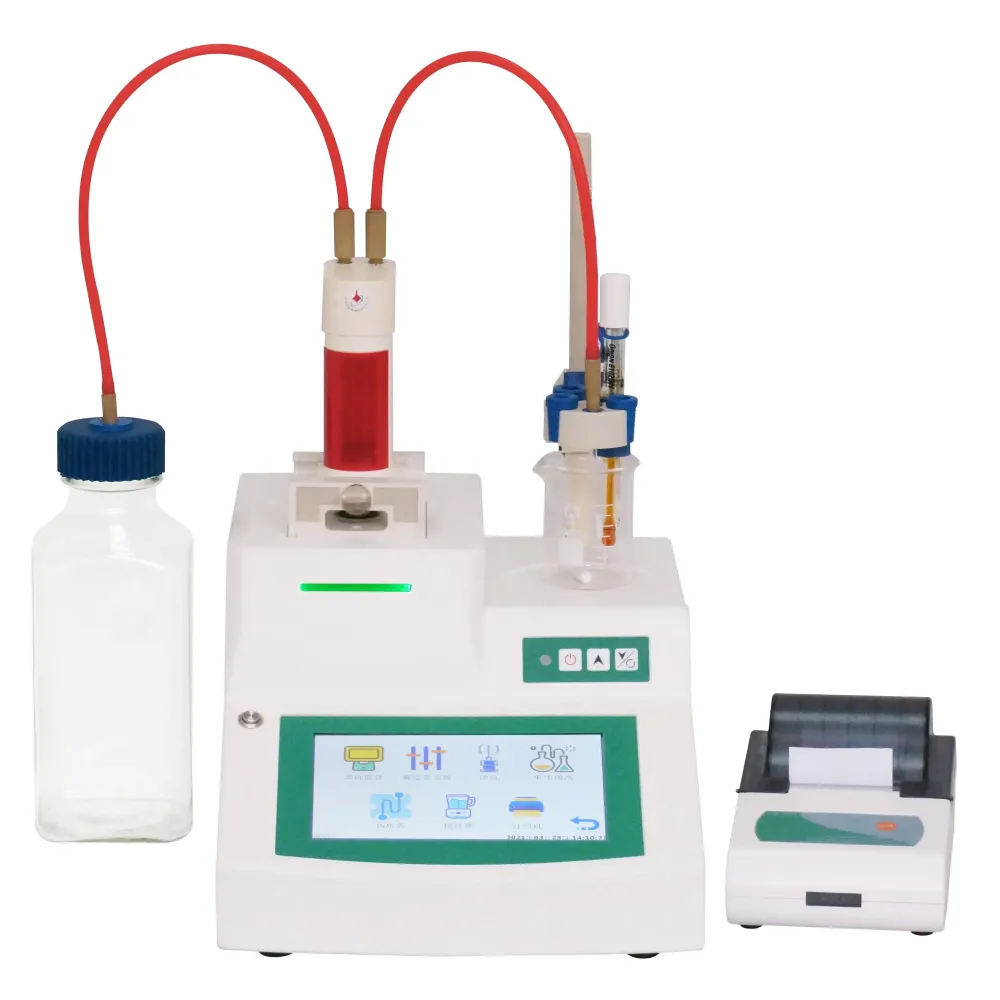 English
English


transformer secondary winding resistance
Understanding Transformer Secondary Winding Resistance
Transformers play a crucial role in electrical engineering, facilitating the transfer of electrical energy between circuits through electromagnetic induction. One of the key components inspected during transformer maintenance and operation is the secondary winding resistance. Understanding this concept is vital for ensuring the reliability and efficiency of transformer performance.
The secondary winding of a transformer is responsible for delivering power to the load. The resistance of this winding can influence the overall efficiency of the transformer and impact its operational performance. When a transformer is energized, the current flowing through the secondary winding encounters resistance, which can result in losses known as copper losses. These losses are proportional to the square of the current flowing through the winding, making it essential to monitor and manage this resistance effectively.
Several factors can impact the resistance of a transformer’s secondary winding. These include the material used in the winding, the quality of the connections, and the physical condition of the winding itself. Copper is the most commonly used material for transformer windings due to its excellent conductivity. However, over time, factors such as corrosion, insulation degradation, or mechanical damage can increase resistance, leading to inefficiencies.
transformer secondary winding resistance

Measuring the secondary winding resistance is a standard practice during transformer testing and maintenance. This is typically done using a micro-ohmmeter, which applies a known current through the winding and measures the voltage drop, thereby calculating the resistance. The readings obtained can indicate the health of the transformer and help in diagnosing any issues that may require attention.
High resistance values in the secondary winding can signal various problems, such as loose connections or damaged windings, which need immediate rectification. Conversely, very low resistance values may indicate short circuits or unintended paths for current, which can be equally detrimental. Regular testing can help identify these issues before they escalate into more severe problems that could lead to downtime and expensive repairs.
Moreover, understanding the significance of secondary winding resistance not only aids in routine maintenance but also informs decisions about the transformer’s loading capacity. A transformer operating at higher than designed current levels may experience excessive heating due to copper losses, leading to reduced longevity and reliability.
In conclusion, the secondary winding resistance of a transformer is a critical parameter that must be monitored consistently. By ensuring optimal resistance levels, electrical engineers can enhance the efficiency, performance, and lifespan of transformers, ultimately contributing to more reliable power systems. Regular assessments and proactive maintenance are the keys to achieving this goal.
-
Differences between open cup flash point tester and closed cup flash point testerNewsOct.31,2024
-
The Reliable Load Tap ChangerNewsOct.23,2024
-
The Essential Guide to Hipot TestersNewsOct.23,2024
-
The Digital Insulation TesterNewsOct.23,2024
-
The Best Earth Loop Impedance Tester for SaleNewsOct.23,2024
-
Tan Delta Tester--The Essential Tool for Electrical Insulation TestingNewsOct.23,2024





